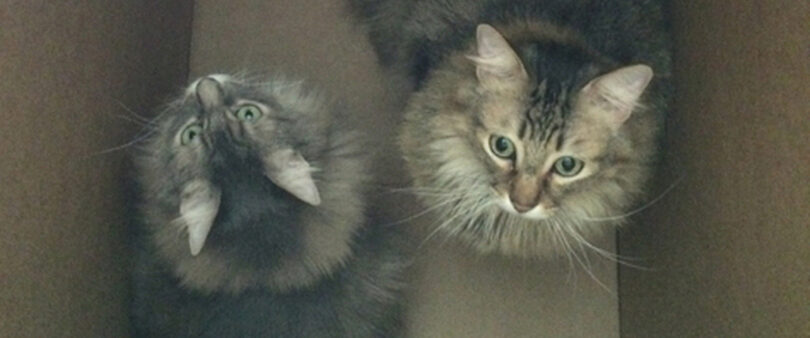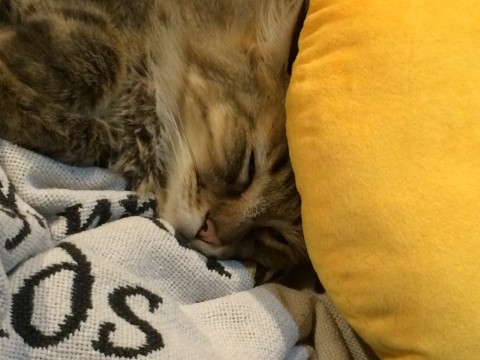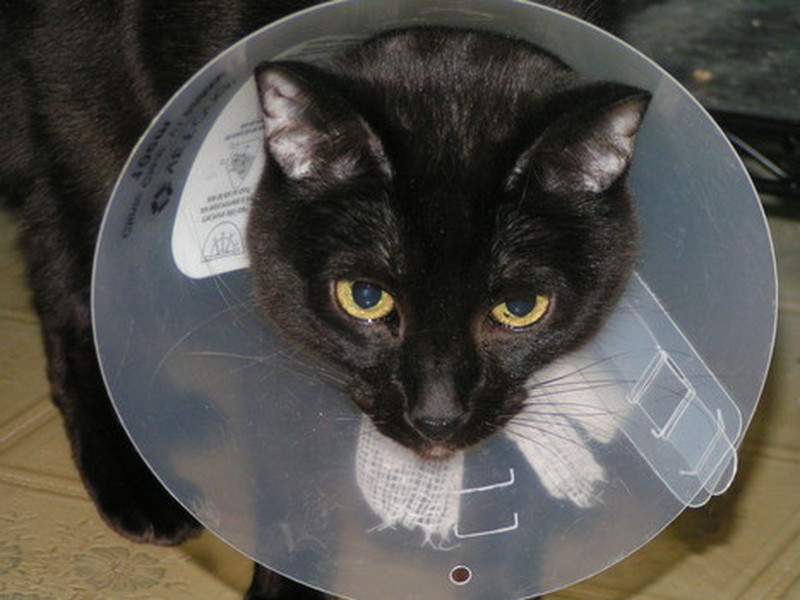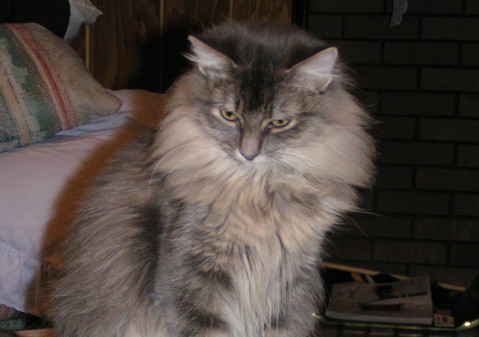Cats are mysterious creatures, but perhaps not so mysterious as with their health. Many times, we have no idea our furry feline friends are sick or injured right away, and with illness, we might not even know until it’s too late, either financially or, well, a much worse way. Cats hide the fact that they’re not feeling 100 percent instinctively, so it’s up to us to know when our cats feel pain.
10 ways you can tell your cat is in pain
How do you do that if they hide it, though? Cat Behavior Associates has put together a list of ways that indicates cats feel pain:
- Increased vocalization
- Licking a particular area of the body more than usual
- Appearance of the nictitating membrane (the third eyelid)
- Hiding
- Panting or open mouth breathing
- Irritability or grumpiness (from a cat who normally isn’t that way)
- Lack of appetite
- Change in mobility (signs of limping or reluctance to move)
- Change in litter box habits
- Increased clingy/needy-type behavior
There are things on this list that have shown when our cats feel pain
Number two on that list, “licking a particular area of the body more than usual,” is how we discovered that Gizmo had an abscess. At the time, we thought it was an infected anal sac, but it wasn’t. She’d been bickering with one of our other cats who got a little too rough with her, and bit her hard enough to wound her. We didn’t see it until we noticed that she was stopping whatever she was doing to lick a particular spot. By that point, the bite had abscessed, and she needed veterinary care.
Number eight, “change in mobility,” was another way we noticed that Gizmo was in pain. We aren’t sure what had happened, but it was like she had an injured paw. Fortunately, whatever it was was minor, and she recovered fully within a couple of days.
Other signs might not seem serious, but require attention as soon as possible
A lack of appetite isn’t just a sign that cats feel pain, it can also be a sign that they’re sick. This is probably the best way there is to tell whether something is wrong with your cat. It’s also one of the reasons I advocate feeding on a schedule, in separate bowls if you have multiple cats, instead of free feeding. When you feed your cats on a schedule, you not only help control their weight, but you will notice whether someone isn’t eating normally much sooner than you otherwise would. That, in turn, means your cat will get veterinary care much sooner and prevent a problem from becoming very serious.
Changes in litter box habits are an especially strong telltale sign when cats feel pain, because crystals, urinary tract infections, and digestive problems can all make cats avoid the litter box, or be unable to use the litter box altogether. This is another sign for which you should call your vet if you see it, as it can indicate serious and possibly life-threatening conditions.
To see when cats feel pain, pay very, very close attention
The bottom line is that paying very close attention to your cats, so you can see whether they’ve stopped eating, whether their behavior has changed in some way, and more, is necessary to catching health problems early, while they’re at their most treatable. Cats feel pain, most definitely, but they’re so good at hiding it that it’s up us to pay attention.






I have a cat she acts like she has asore throat n she has a cough once in awhile. But it sounds like alot of flem.she always wanting to lick my face i push her away n tell her stop but she dont. How can I get her to stop licking my face. What about her throat.